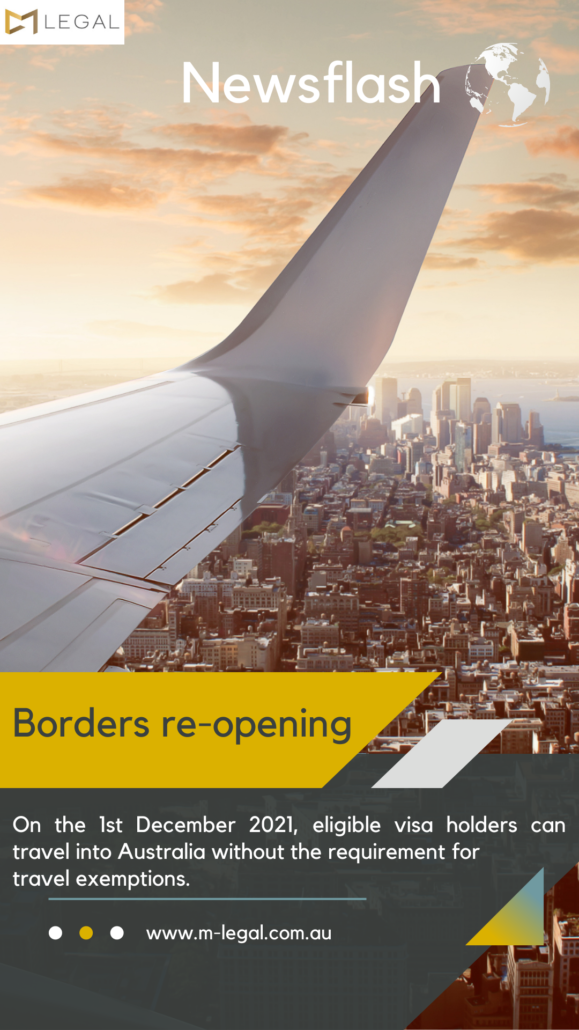This blog was not written by ChatGPT.
‘Applying for a visa is no piece of cake: Why you should engage an immigration lawyer’ is our immigration blog article with the most clicks (and continues to be popular). This was surprising as I thought people would want to read more technical visa information. On further reflection, however, it actually does make sense why people want to know, above everything else, whether or not they should be engaging a lawyer (or migration agent).
Engaging an expert is the starting point of the visa journey. Knowing whether you should pay a lawyer money to guide you through what can for some individuals be a life-altering experience is an important decision to make. As consumer confidence has been shaken over the years from the many stories that have emerged of bad lawyers and migration agents giving poor-quality advice and putting clients in jeopardy, professionals like myself have had to substantiate our abilities.
For this reason, I thought I would follow my last article with a Part 2. Now that 2024 marks my 20th year working in Australian migration, I can impart greater wisdom and an even stronger case as to why you should consider engaging a good immigration lawyer:
- Diagnosing the problem:
Within an initial consultation and asking the right questions, I can diagnose a client’s ultimate end goal, the hurdles that lie before them, and the visa options that may lie ahead. Sometimes this visa pathway is linear, with a direct end result of permanent residency. On other occasions, this pathway may curve and require a client to pursue a number of temporary visa options before they can arrive at the final destination. This is the expert viewpoint, that is, an understanding of the bigger picture and foreseeing what type of monetary investment could be involved to migrate to Australia.
- Putting you on a sustainable visa pathway
I cannot tell you the countless times I have been told by a client that they spoke to friends or family, who suggested that they pursue a particular visa pathway because it worked for them. Only to find out after a visa refusal that this advice was ill-informed and their personal circumstances did not align with the visa requirements.
In many instances, there is no ‘quick fix it’ visa that will grant you permanent residency to Australia. Many individuals engineer a situation to create such a pathway, but with the global order changing towards tougher migration policies and strong border protection, governments are closing gaps to ensure that individuals cannot submit nonsensical visa applications anymore.
Hence, the right approach is building upon your current and unique personal situation. By this meaning, understanding whether there is a need to complete additional studies or gain more work experience or seek support from your Australian spouse, to open up more visa options and opportunities (as examples). This is what a migration lawyer can guide you through, and this approach is certainly more sustainable than choosing a different career path or falsifying stories for the sake of securing a visa, as this has adverse future consequences.
- Not everything is on the website
Migration is a dynamic area of law. It changes weekly and sometimes without notice, the government releases impactful policies that are not published immediately on the Department’s website. A good migration lawyer is on the pulse of these changes and understands the practical issues of running a visa case and is aware of those invisible issues that cannot be found on websites.
Engaging M Legal Group at the beginning of your migration journey means you will receive our migration newsletters. More importantly, we will always keep your case in mind over the term of your migration journey that may span many years. We will reach out to you (or you can ask us questions) if there is a migration law or policy that is beneficial or detrimental to your migration situation.
If you found this article useful, give us a call and book your consultation with M Legal today!




